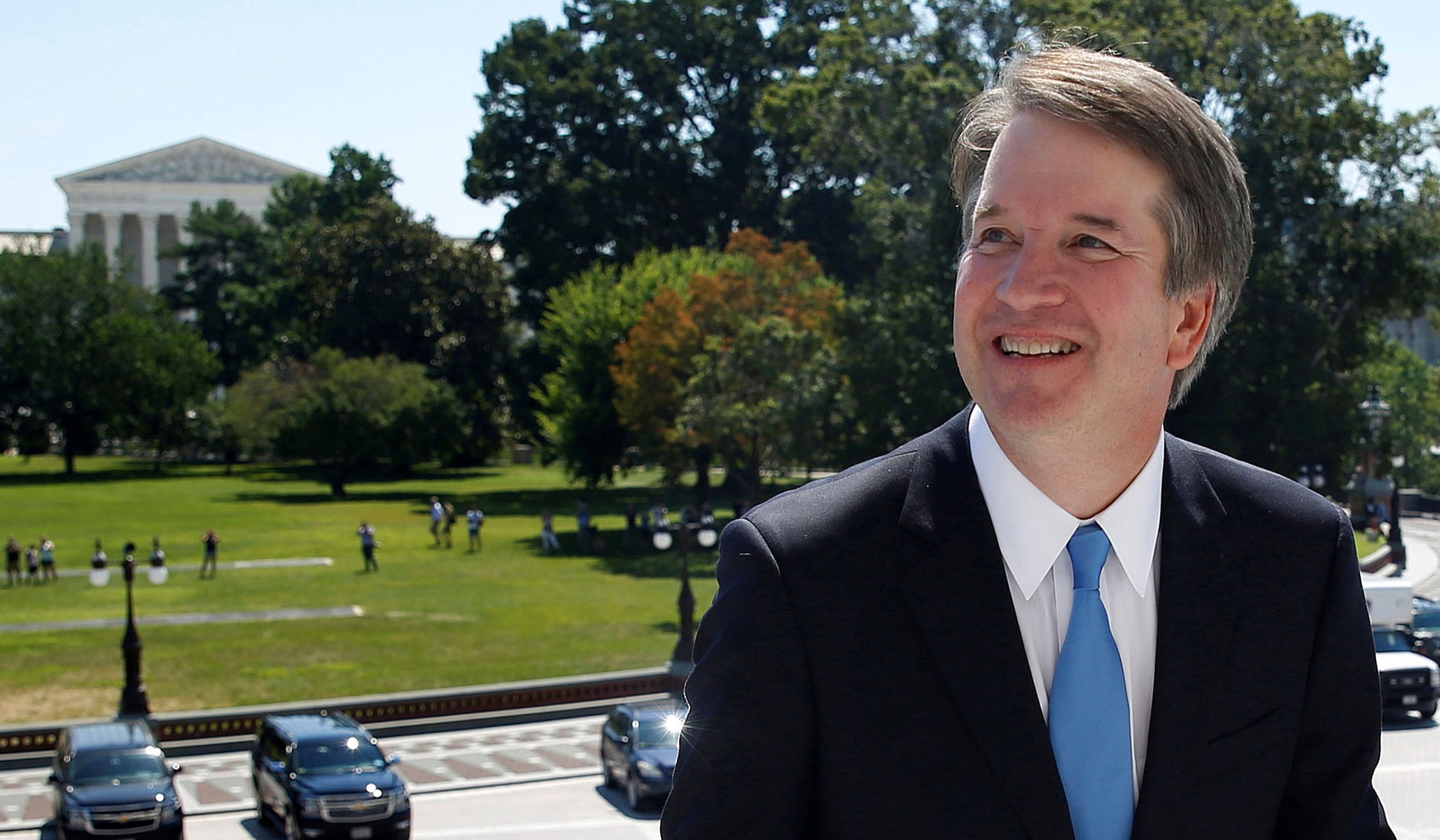By: Ben Shapiro – nationalreview.com – July 11, 2018
With Kavanaugh, we’re likely to get careful, narrowly tailored decisions, not earth-shattering transformation.
Amid the wailing and gnashing of teeth from the political Left and the triumphalist trumpeting from the political Right regarding the nomination of Judge Brett Kavanaugh to the Supreme Court, one question has gone missing: What, exactly, will the Supreme Court look like once Kavanaugh joins?
Those on the left, like those on the right, suggest that Kavanaugh will be a transformational pick. They believe Roe is in danger, that Citizens United will be dramatically strengthened, that religious believers will be handed carte blanche, and all the rest.
Here’s the truth: If there’s one proposition that distinguishes Kavanaugh from his more militant colleagues, it’s his unique capacity to write specific, detailed decisions that knock down trees while leaving forests intact. Kavanaugh’s opinions tend not to be ringing endorsements or rebukes of the Justice Scalia or Justice Thomas type; they tend to be narrowly tailored decisions that recall Chief Justices Roberts and Rehnquist.
Now, it’s possible that Kavanaugh has hidden his light under a bushel, because he’s an appellate court judge bound by precedent. It seems more likely that he’s a fan of Roberts-type judicial restraint, which means pruning back law he sees as violating the Constitution rather than decimating it and salting the earth.
Take, for example, Roe v. Wade. Conservatives have high hopes that Kavanaugh — along with Roberts, Gorsuch, Alito, and Thomas — will rule to knock over that legal monstrosity. That’s highly unlikely. First off, it takes four votes for the Supreme Court to agree to review a particular lower-court case, and it’s unlikely that Roberts and Kavanaugh will agree to review a straight-up challenge to Roe.
It’s far more likely that we’ll see Roberts and Kavanaugh review cases that pare away at Roe via the “undue burden” standard articulated in Planned Parenthood v. Casey (1992) — a case in which the Court held that abortion laws were tenable unless they presented an “undue burden” for a woman seeking an abortion. In Gonzalez v. Carhart (2007), for example, Justice Kennedy decided for the Court that the Partial-Birth Abortion Ban Act was constitutional, because women could get abortions prior to late-stage pregnancy, and the law therefore didn’t constitute an undue burden. We could see that logic extended incrementally over time, leaving Roe in place but carving out chunks of it.
That sort of incrementalism is less likely to whip up anger against the Court — a major concern for Roberts, at least. But it’s also more likely to leave unborn children vulnerable over time, and it leaves open the possibility that if the Court moves back to the Left, the “undue burden” loophole will be closed.
We’ll probably see a gradual shift from the Court over time that leaves more room for legislatures.
For another example, see the Court’s recent decision in the Masterpiece Cakeshop case. There, the Court ruled 7–2 that the Colorado Civil Rights Commission had violated the rights of a religious baker by mandating that he design and bake a cake for a same-sex wedding. But the case wasn’t decided on grounds of basic religious liberty, but on grounds of open discrimination by the Civil Rights Commission against the religious baker. Concurring justices openly acknowledged the possibility that the government could force religious bakers to bake the cake so long as the officials weren’t too nasty about targeting religious people. Incrementalism protected that particular religious baker, but not others.
Narrow decisions are less controversial and can be transformational over time. But it seems that the Left is always ready to issue blanket rights and wholesale rewritings of the Constitution even as the Right sweats and strains to avoid interpreting the Constitution as written — all for the sake of stability and incrementalism.
That doesn’t mean Kavanaugh is bad. He’ll probably rule correctly on a consistent basis. But it does mean that those waiting for the ground to shift when it comes to major decisions from the Court might be waiting in vain. Instead, we’ll probably see a gradual shift from the Court over time that leaves more room for legislatures but doesn’t implode the unconstitutional foundations of the Left’s favorite legal bulwarks
To see this article, click read more.
 Listen Online
Listen Online Watch Online
Watch Online Find a Station in Your Area
Find a Station in Your Area









 Listen Now
Listen Now Watch Online
Watch Online
